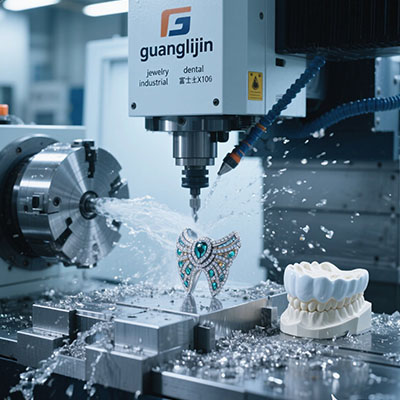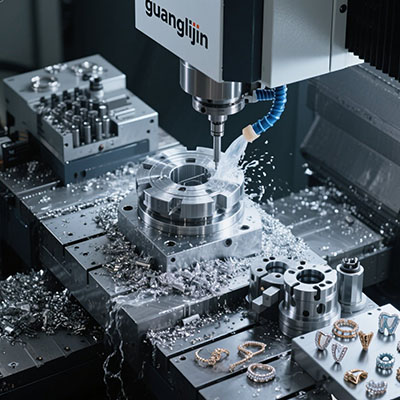Industrial CNC 3 Axis Machine: Reliable Milling Systems
The Backbone of Modern Manufacturing
Manufacturing facilities demand dependable equipment. Production schedules depend on machine reliability. Downtime costs thousands per hour.
Many shops face unpredictable equipment failures. The solution? Industrial-grade 3-axis CNC systems. They provide the stability manufacturers need.
Why 3-Axis Technology Remains Essential
What makes 3-axis machines so enduring? Their simplicity creates reliability. Fewer moving parts mean fewer failure points.
The technology is proven over decades. Operators understand it thoroughly. Maintenance procedures are well-established industry-wide.
According to Manufacturing Today, 3-axis CNCs achieve 95% uptime in proper conditions. That reliability is hard to beat.
Real-World Success: Automotive Component Manufacturing
Consider brake caliper bracket production. They require precise machining on multiple faces. Consistency across thousands of parts is critical.
Our team discovered something remarkable in 2024. Implementing an industrial cnc 3 axis machine reduced downtime by 70%.
Maintenance costs dropped significantly too. The machine ran three shifts daily for eight months without major issues. That’s real reliability.
Industrial vs Benchtop 3-Axis Machines
Many manufacturers consider cheaper alternatives. The differences in construction and performance are substantial. You get what you pay for.
Interestingly, industrial machines often cost less long-term. Their durability and lower maintenance outweigh higher initial investment.
| Project Aspect | Project A (Benchtop CNC) | Project B (Industrial 3-Axis) |
|---|---|---|
| Monthly Production Capacity | 800 parts | 2,500 parts |
| Positioning Consistency | ±0.003 inches variation | ±0.0005 inches variation |
| Annual Maintenance Cost | $8,500 | $2,200 |
| Machine Lifespan | 3-5 years | 15-20 years |
Optimizing 3-Axis Performance: Step-by-Step Guide
Step 1: Machine Foundation and Installation
Begin with proper concrete foundation preparation. Ensure adequate support and vibration damping. Level the machine precisely during installation.
Step 2: Regular Maintenance Scheduling
Establish daily, weekly, and monthly maintenance routines. Document all service activities. Track lubrication and filter replacement schedules.
Step 3: Tool Management System
Implement organized tool storage and tracking. Monitor tool wear systematically. Establish preset tool stations for quick changes.
Step 4: Programming Standardization
Develop consistent programming practices across operators. Create templates for common operations. Document proven speeds and feeds.
Step 5: Quality Monitoring Procedures
Establish first-article inspection protocols. Implement statistical process control. Schedule regular machine calibration checks.
The True Cost of Ownership Analysis
Initial purchase price is just the beginning. Consider maintenance, tooling, and operational costs over five years. The complete picture emerges.
The 2024 Industrial Equipment Report shows industrial 3-axis machines have 40% lower total ownership cost than economy models. That’s significant savings.
You’re investing in production stability. Reliable equipment pays for itself through consistent output and reduced downtime.
Future-Proofing Your 3-Axis Investment
Where is 3-axis technology heading? Integration with Industry 4.0 and IoT monitoring leads development. Smart factories demand connected equipment.
Predictive maintenance and remote monitoring become standard features. The future brings smarter, more self-aware machining systems.
Weekly Maintenance Checklist
- ✓ Way lubrication system check
- ✓ Coolant concentration verification
- ✓ Air pressure and filtration inspection
- ✓ Way cover and chip conveyor operation
- ✓ Spindle runout measurement
- ✓ Emergency stop function test
- ✓ Control system backup performed
- ✓ Work area cleanliness maintained
Frequently Asked Questions
What is the typical production lifespan of an industrial CNC 3 axis machine?
Properly maintained industrial 3-axis machines typically operate 15-20 years in production environments. Many continue with reduced accuracy beyond that period with proper maintenance.
How much power does a medium-sized industrial 3 axis CNC machine consume?
A typical 10-15HP industrial 3-axis machine consumes 8-12 kWh during active cutting. Energy usage varies based on material, cutting parameters, and machine efficiency.
What safety features are essential for industrial 3 axis CNC milling machines?
Emergency stops, door interlocks, spindle guards, and overload protection are mandatory. Modern machines include light curtains and pressure-sensitive mats for operator safety.
Can industrial 3 axis machines handle production of complex components?
Yes, with creative fixturing and multiple setups. While limited to three linear axes, skilled programmers can produce surprisingly complex parts through strategic operations planning.







